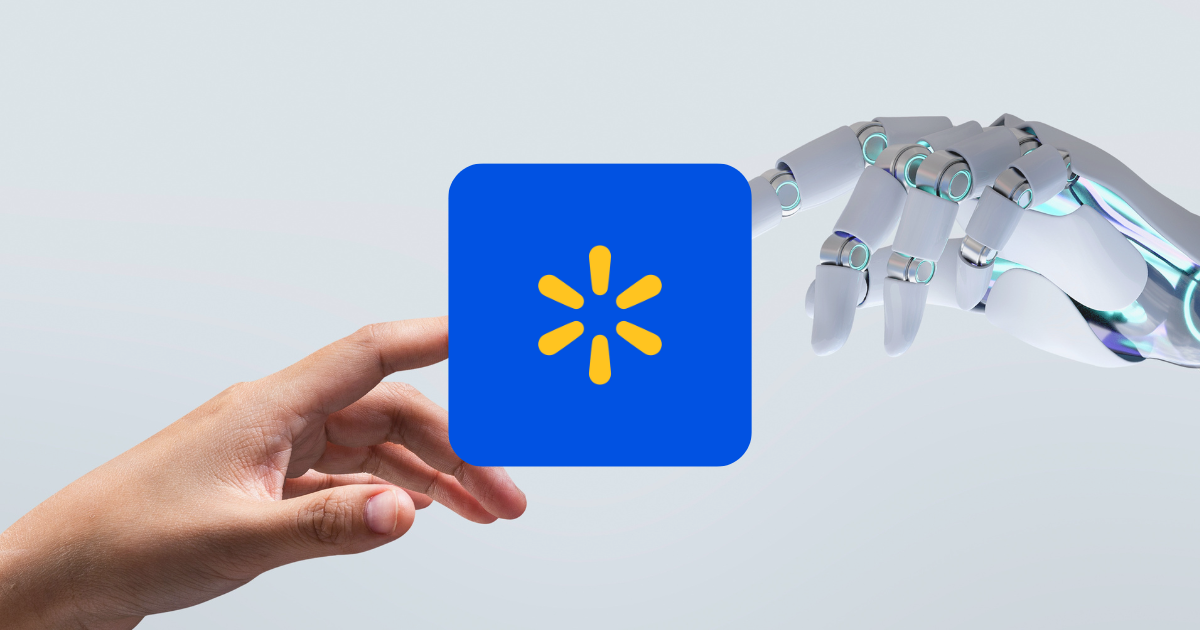The most successful companies – especially in the digital world – will be built around organizing dispersed information (something I said I would expound upon). Name a successful company in the digital space, and you will see data organization at its core. AOL for example – while best known for its ISP business in the 1980s – was centered around a destination page that organized information (including email). AOL was one of the first sites to organize dispersed information in the form of rudimentary news, weather, and other information relevant to the user.
Yahoo in turn expanded this by building its dynasty around organizing information and increased user time on their site. Search – in the purest sense – is based on organizing dispersed information. Because the ability to toggle between sites is minimal, sites are becoming centralized around carefully culled genres like technology, politics, weather, or news. In many instances, once a topic reaches some minimal threshold where it can support a following it splintering into sub categories. You see this in areas like technology (ie wireless, automotive, computer, television) or politics (ie right wing, left wing, moderate). Sites like Groupon and LivingSocial are successful because they have organized around a specific genre (local daily deals).
Today apps and other sites are creating “skins” that allow individuals to highly personalize what information is relevant to them. These “skins” allow individuals to unorganize aggregated and organized information in order to reorganize it by creating a highly personalized flow of information. The future of the web will be a series of organizing, “unorganzing,” and again reorganizing bundles of information.


